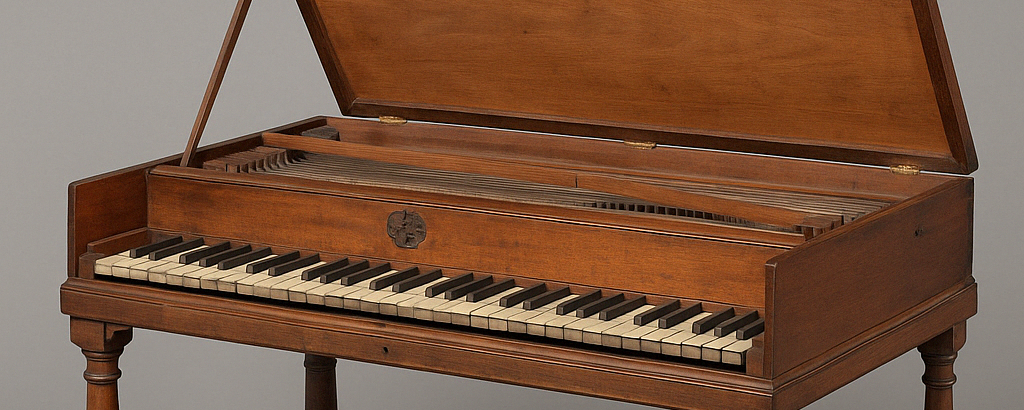Understanding the scale as the piano’s secret weapon is crucial. They’re the building blocks of everything you play. When fingers dance over those keys, it’s these scales forming the very foundation.
So why do scales hold such a star role in the piano world? For starters, practicing scales sharpens muscle memory and dexterity. They teach your fingers where to land without thinking twice, turning clumsy keystrokes into smooth runs. It’s like building a sturdy bridge between brain and fingers.
And hey, real-life success stories back this up. Many of the greats, from classical maestros to modern jazz pianists, swear by scales. It’s this repetitive groundwork that gave them the freedom to fly into more complex compositions.
Scales aren’t all about muscle, though. They dig deep into music theory, offering enlightenment on chords and keys. Every pianist hitting the right notes knows the secret lies in understanding these patterns.
Diving Deep into Each Key: Enhancing Musical Versatility
Cracking every key is like unlocking doors to endless musical possibilities. Facing the challenge of scales in every key transforms a one-trick pony into a versatile powerhouse. Each key, major or minor, has its personality, mood, and color, and understanding them amplifies your ability to express.
Getting cozy with all major and minor keys brings fantastic benefits. Not only does it improve your familiarity with the piano layout, but it also gives you the power to handle complex pieces with less effort. Imagine being able to pick up any sheet music and just roll with it. It’s like being given a universal decoder ring for music.
Those sharps and flats? Yeah, they can be confounding. But tackling them head-on turns obstacles into stepping stones. Strategies to crack these tough nuts include slow practice, breaking them into smaller chunks, or even recording your practice to catch those slippery mistakes.
Let’s talk about those versatile pianists, the ones who jump genres with the ease of skipping stones across a pond. They didn’t just wake up that way; they worked on scales in every key until keys became second nature. Finding and following their practice secrets can turbocharge your versatility.
Strategies for Success: Structured Practice for Scales
Building a comprehensive scales practice plan can be the key to unlocking consistent improvement and avoiding frustration. Tailoring this plan to match your personal learning style will make practice sessions more enjoyable and effective.
Exploring various practice techniques can add spice to your routine. For instance, try reverse scales, staccato playing, or even blending in some arpeggios. These variations not only keep practice sessions interesting but also develop different aspects of your skills.
Common pitfalls can trip up even the most diligent student, but knowing what to watch out for makes all the difference. Overextending practice time without breaks or ignoring rhythm can hinder progress. Pay attention to these factors and adjust when necessary.
Balance is key. While scales are critically important, integrating them with other piano exercises and repertoires ensures a well-rounded approach. This not only prevents burnout from repetition but also provides the added benefit of seeing scales come to life within pieces you play.
From Scale Practice to Musical Mastery: Connecting the Dots
Recognizing the transition from scale practice to playing complex pieces is where magic happens. Those hours spent on scales morph into a powerful arsenal when approaching more challenging compositions. Suddenly, passages that seemed impossible start to come together with fluidity.
Scales are really the unsung heroes of improvisation and composition. By knowing them inside and out, you can take old melodies and give them your twist or even create something brand new. This kind of creative application breathes life into your piano playing.
It’s also about weaving scales into everyday musical moments. Whether you’re doodling at the keys or working on a favorite tune, incorporating scales can subtly enhance your flow and speed.
Finally, conversations with piano teachers and professional musicians frequently highlight scale practice as a necessity, not just a recommendation. They’re the backbone of strong and confident performance, and these expressed experiences provide valuable perspectives for anyone eager to advance their skills.

Apparently my student misunderstood me when I asked him to practice his scales. “Not fish scales”, I politely said, “Piano Scales”!





